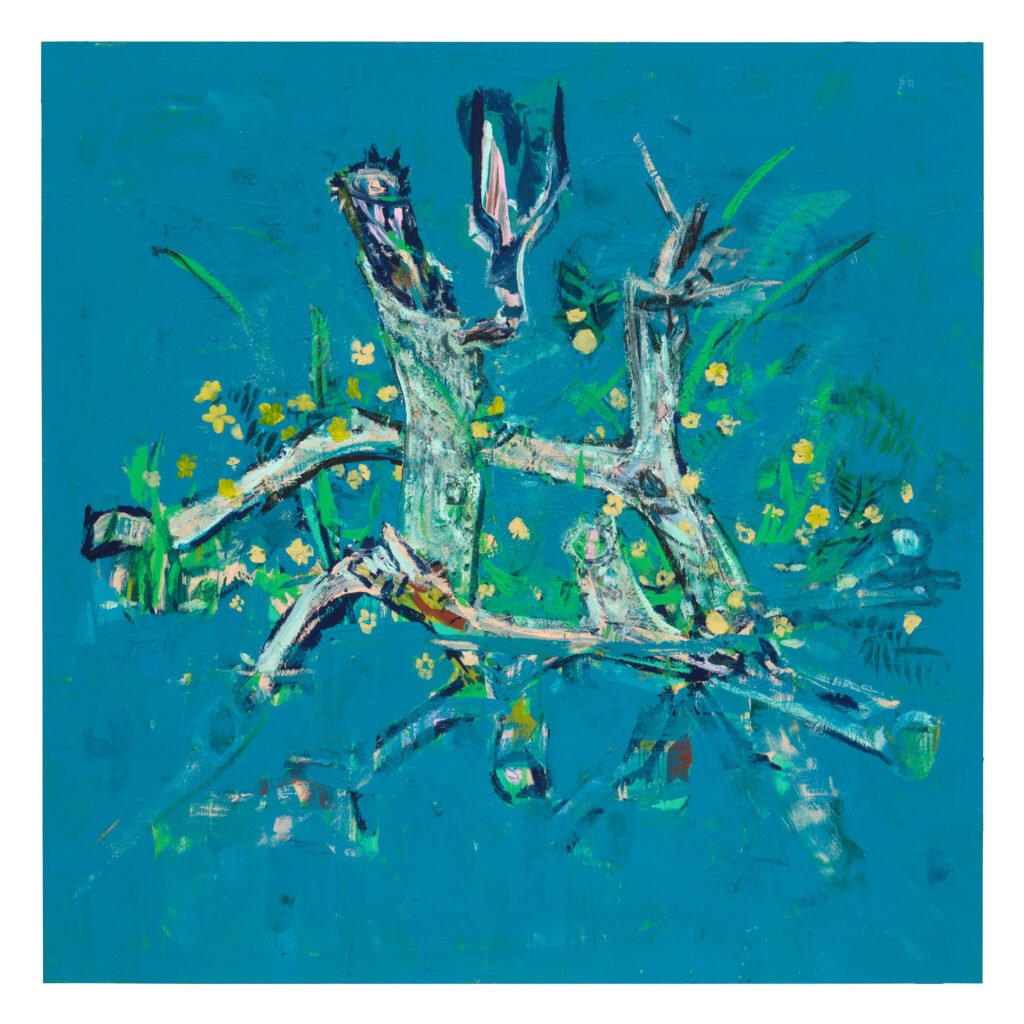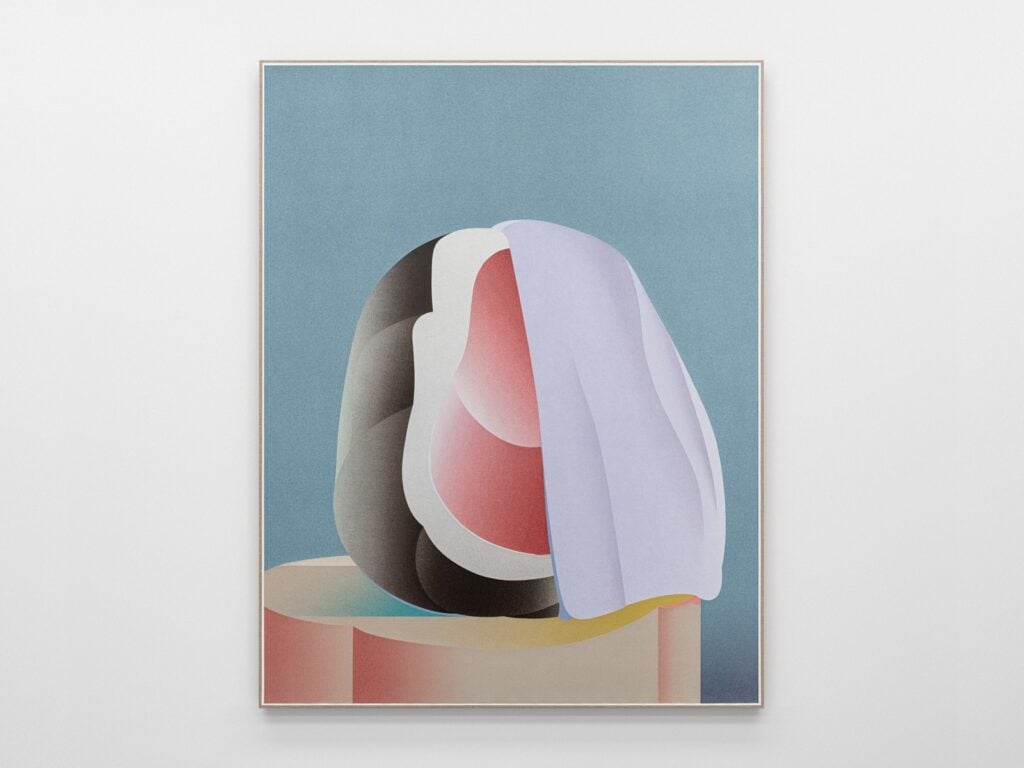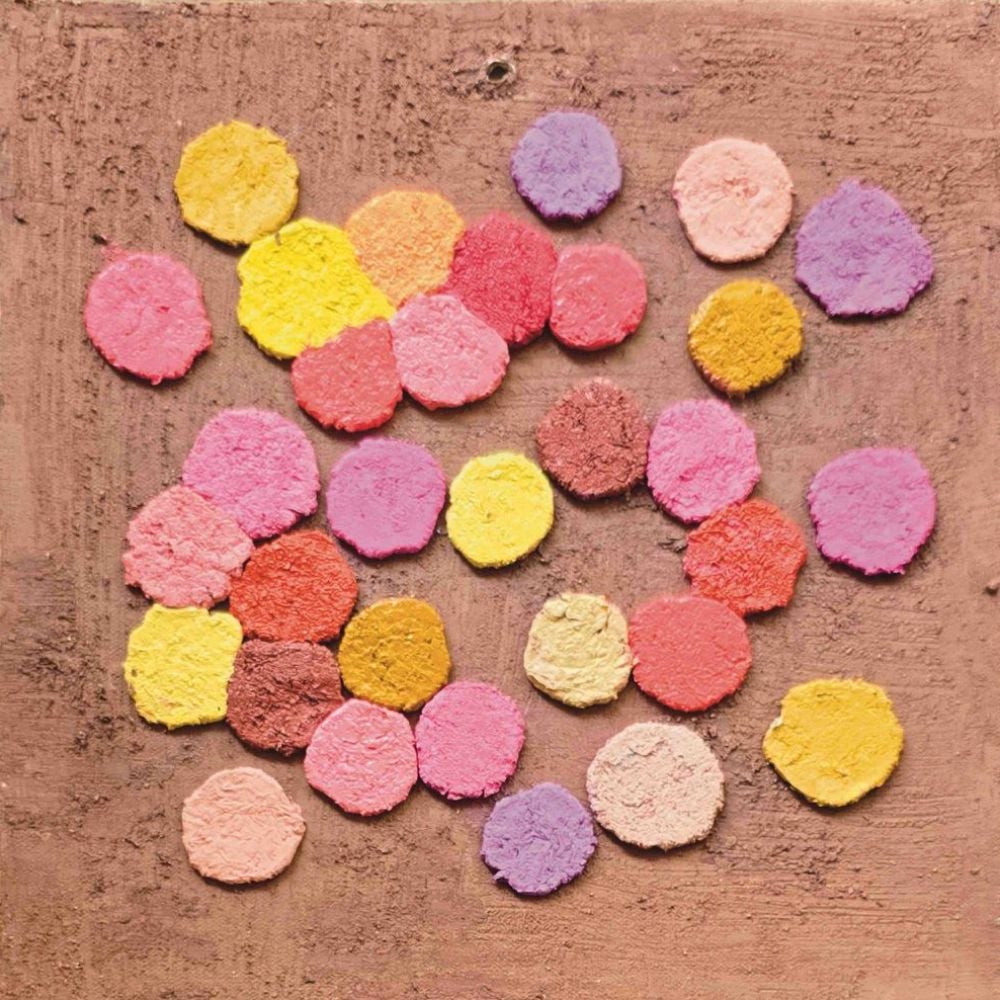
- This event has passed.
Scenes of This World: Modern Paintings in Singapore and Vietnam
18 January 2023 - 10 March 2023
FreeEVENT DESCRIPTION
LGDR & Wei, Hong Kong, is pleased to present Scenes of This World: Modern Paintings from Singapore and Vietnam, an exhibition dedicated to the paintings of twentieth-century Southeast Asian artists connected to the cultural contexts of Singapore and Vietnam. Curated by art historian Karin G. Oen and part of a larger reappraisal of twentieth-century art from Southeast Asia, this exhibition reveals a rich visual language that brings together aspects of Asian, European, and North American painting traditions and a distinctly Southeast Asian vernacular.
Opening January 18 at LGDR & Wei’s Ice House Street location, Scenes of This World: Modern Paintings from Singapore and Vietnam features over 30 works in oil, ink, and gouache, among other media, by eleven artists recognized as modern masters of their respective countries. The exhibition beckons the viewer to examine the defining styles of a generation of transnational artists that came of age in the 1930s and were collectively shaped by cosmopolitanism. They distinguished the modernist movement in their countries, responding to sociopolitical changes while maintaining conceptual and artistic affiliations with the School of Paris, including—Impressionism, Post-Impressionism, Fauvism, and Cubism.
Chinese émigrés Georgette Chen, Chen Wen Hsi, Cheong Soo Pieng, and Liu Kang were each affili- ated with Singapore’s Nanyang Academy of Fine Arts in the 1940s and ’50s and came to represent the Nanyang style—a landmark in the art history of Southeast Asia. Depicting local subject matter— Singapore was then part of British Malaya—these artists synthesized elements of European painting with Chinese ink and brush compositional and pictorial techniques.
The exhibition features six important paintings by Chen Wen Hsi, one of the most influential artists in Singapore’s history. Born to a scholarly family in China that migrated to Malaya in 1946, Chen’s paintings combine his fascination with the natural world and everyday life with with his interest in philosophy and Chinese literati culture. His work Balinese Ladies (c. 1960s)—which stemmed from the historic 1952 study trip he made to Indonesia along with other Nanyang artists including Cheong Soo Pieng and Liu Kang—indicates Chen’s departure from his earlier recognizably Chinese or Lingnan style. Composed of a pared down background, simplified and angular treatment of the dancers’ fea- tures and dress, and flat applications of color, Chen’s affinity for the Cubist works of Georges Braque and Pablo Picasso is evident in the painting—as is his interest in depicting the visual vernacular of Southeast Asia. In subsequent works completed in Singapore, including Drying Laundry (c. 1960–70), Chen’s interest in creating abstract compositions from quotidian objects is pronounced. The canvas’s sophisticated, yet restrained, color palette focuses on earthy hues and imperfect geometries, reminiscent of early twentieth-century Cubist experimentation.
Six works by Cheong Soo Pieng, another pioneer of Nanyang style, showcase various aspects of the artist’s rich oeuvre and his important contributions to the development of Nanyang painting in the 1950s, ’60s, and ’70s, including two significant paintings from 1957. Malayan Life (1957), one of Cheong’s most unique works, combines the artist’s longstanding interest in handscroll, a traditional Chinese painting format, which allowed him to create a series of non-narrative visual chapters to be viewed all at once. By integrating rural and urban themes, Cheong represents his story as a chronicler of modern life in Malaya as opposed to a removed observer of premodern societies. Two Balinese Girls (1957) depicts two elongated female figures composed of contrasting black and orange tones— exemplifying Cheong’s use of color as the primary organizing principle of his paintings. In the exhibition, Cheong’s works offer a glimpse of a world that is both connected to tradition and part of con- temporary life, rendered in electric colors and abstract forms.
Other highlights of the presentation include Fruit Seller (1951), a seminal painting by Liu Kang—a founding member of the Singapore Art Society—that showcases the artist’s interest in pervading dynamic street scenes with a sense of stillness. Similar to the Post-Impressionists, whose works the artist was influenced by during his stay in Paris in the 1930s, Liu’s works from the 1950s and ’60s balance built environments, the natural world, and human figures in nuanced compositions.
In Vietnam, the work of Le Pho, Mai Trung Thu, Nguyen Phan Chanh, Nguyen Gia Tri, Nguyen Trung, and Vu Cao Dam was impacted by the country’s colonial relationships with France and China, as well as anticolonial and nationalist movements in the first half of the twentieth century. These artists inter- preted the vibrant colors and styles of the School of Paris to address, question, and represent the beauty that persisted in Vietnam despite recent and impending wars and cultural disruption.
Le Pho’s oeuvre represents a fusion of French and Vietnamese painting techniques, including the un- conventional use of oil on silk on Masonite board, in his depictions women and children. His study of medieval and Renaissance paintings from Belgium, Italy, and the Netherlands particularly influenced his works in the 1930s and the early ’40s, as seen in Femme au rideaux (1940), which reveals a Mannerist-inspired portrait of an idealized female subject amidst sumptuously rendered red textiles. In comparison, Materinité au bouquet (c. 1950–60), is exemplary of Le’s work after settling in France, at which time he developed a new style that incorporated visible traces of Impressionism and Romanticism. Represented by Galerie Romanet in Paris from 1946 to 1962, Le’s works from this period constitute rich, colorful, and nostalgic representations of women and children, contrasting the socio- political upheavals in Vietnam during this period.
Renowned for his lacquer paintings as well as his involvement in art theory and politics, Nguyen Gia Tri’s rare oil painting Trois femmes (1939), portrays a significant theme in the artist’s work—women in tranquil repose in private and ambiguous settings. Utilizing perspectival techniques from his training at the École des Beaux-Arts d’Indochine, Nguyen represents his figures, their garments, and gestures with subtle delicacy—imbuing his oil compositions with intricate detail, while his large lacquer works situate his subjects in prominent landscape and architectural settings.
Taken together, the featured Vietnamese artists, as curator and art historian Karin G. Oen observes, “maintained a complicated relationship to national identity… The resulting visual vocabularies give form to unsettled questions of modernity, not in opposition to tradition, or as an unavoidable con- sequence of East-West interactions, but as one more cacophonous factor in a region already dense with multiplicities.”
Details
- Start:
- 18 January 2023
- End:
- 10 March 2023
- Admission:
- Free
- Event Category:
- Painting


